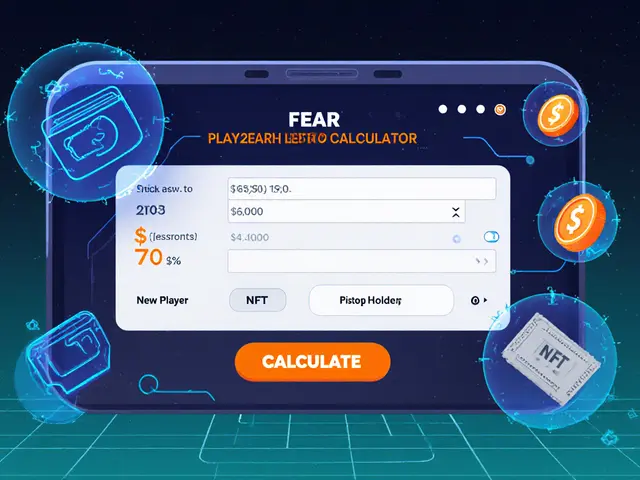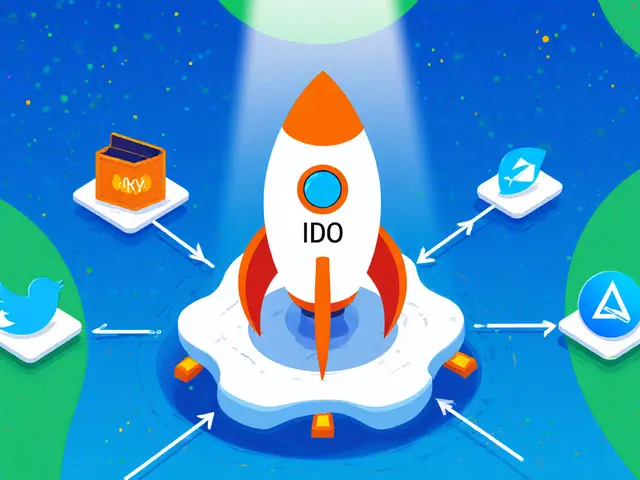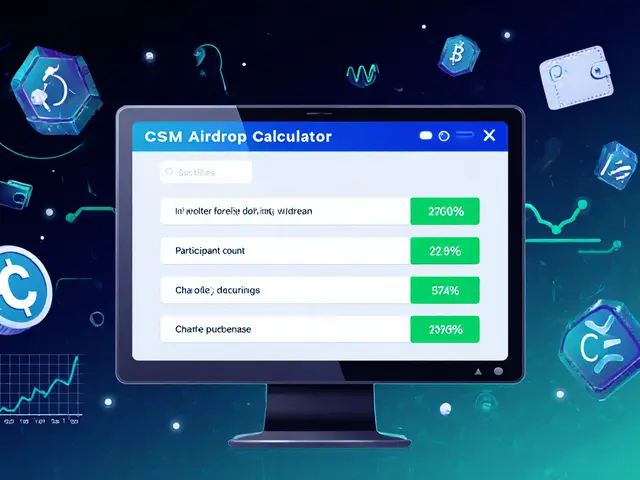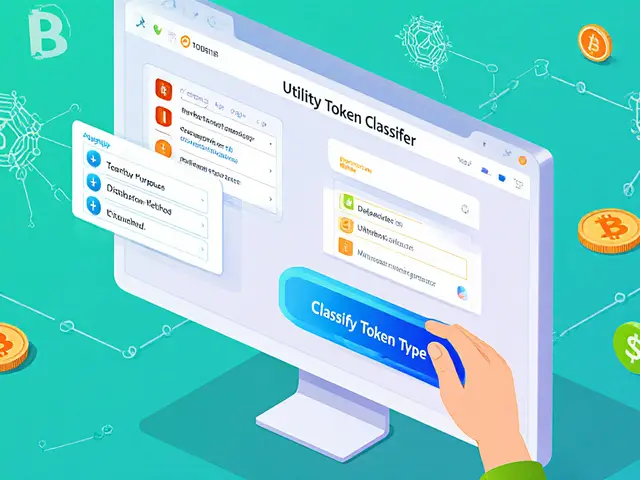Digital Property: Your Guide to the New Asset Frontier
When talking about digital property, think of any asset that lives only in electronic form and can be owned, transferred, or programmed on a network. This concept is captured by Digital Property, an electronic asset that can be bought, sold, or used within a digital ecosystem. Also known as digital asset, it sits at the intersection of finance and technology. The most common form today is cryptocurrency, a digitally native currency secured by cryptographic methods, which runs on blockchain, a decentralized ledger that records transactions in immutable blocks. Within this ecosystem you also encounter tokens, units of value created on a blockchain to represent assets, rights, or utilities. Digital property encompasses all of these, enabling anyone with an internet connection to participate in global markets.
Key Pillars that Shape Digital Property
The first pillar is security. Because digital property lives on a blockchain, its integrity depends on cryptographic hashing and consensus mechanisms. For example, Merkle trees, hash trees that let a network verify large data sets efficiently are used to confirm transaction history without exposing every detail. The second pillar is regulation, the legal framework that defines how digital assets are taxed, reported, and enforced. Recent moves in China, India, and Taiwan show how governments shape the market. The third pillar is utility. smart contracts, self‑executing code that enforces agreements on a blockchain automate payouts, power airdrops like Bull Finance or SupremeX, and even manage energy data for utilities, as seen in blockchain‑enabled power grids. Together these pillars create an ecosystem where digital property can be tracked, swapped, and leveraged across exchanges such as OpenSwap or Coinext.
Understanding digital property means recognizing its three core attributes: type (cryptocurrency, token, NFT), infrastructure (blockchain, smart contracts, Merkle proofs), and governance (regulation, compliance, tax). This triad explains why a single coin can be subject to a 30% tax in India, face a ban in China, or enjoy a fast‑track listing on a Solana‑based launchpad. It also shows why airdrops matter—they distribute token ownership without purchase, turning passive users into stakeholders. Below you’ll find a curated set of articles that break down each of these aspects, from deep dives on specific coins like Nirvana ANA to practical guides on claiming airdrops, navigating exchange reviews, and decoding the latest regulatory shifts. Dive in to see how digital property is reshaping finance, energy, and everyday transactions.
Learn how virtual land works in blockchain metaverses, explore major platforms, buying steps, legal risks, and investment tips in this comprehensive guide.


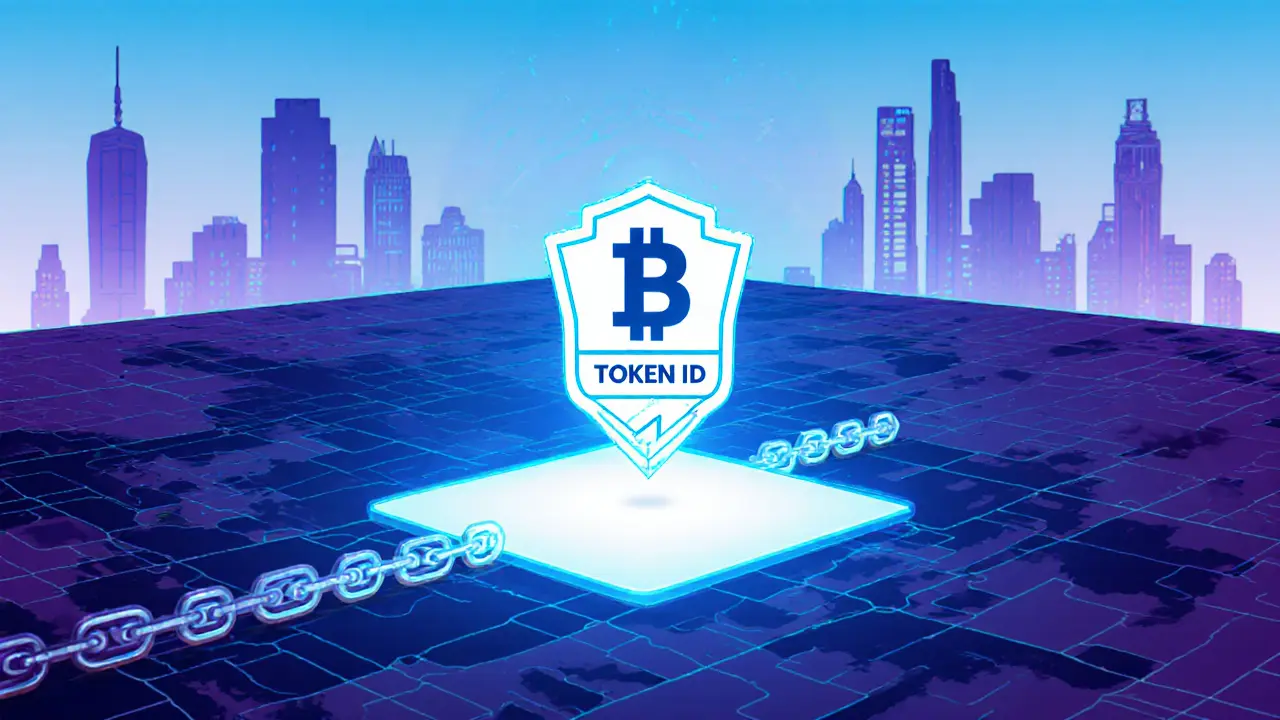
 Finance
Finance
